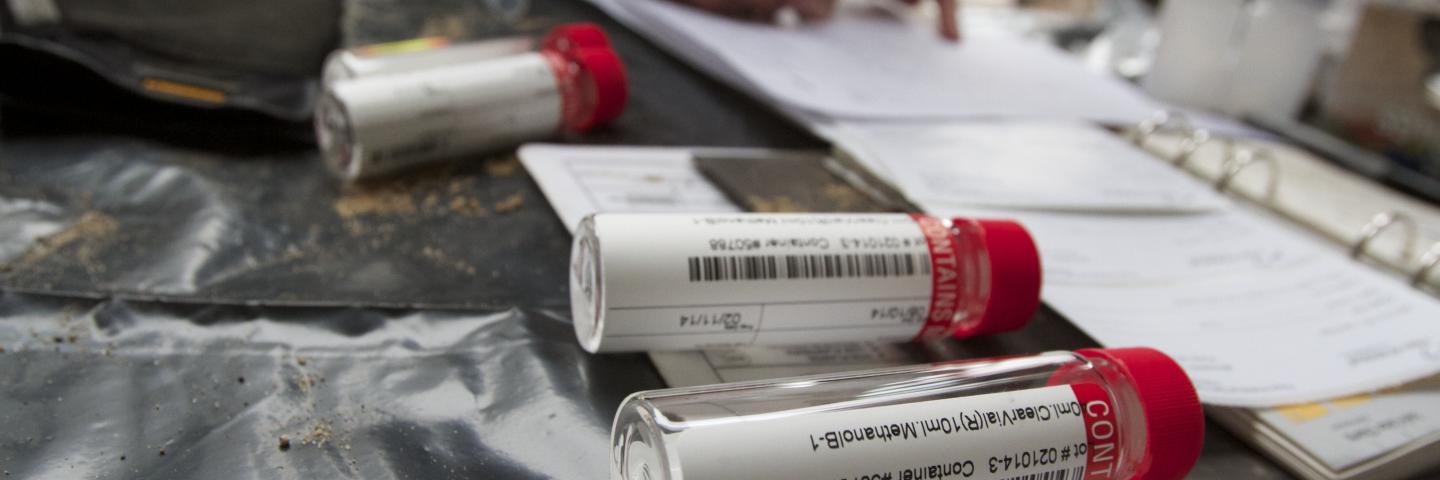Remediation programs at the MPCA protect human health and the environment by overseeing the investigation and response to releases of petroleum and hazardous substances, pollutants or contaminants. These programs follow a process outlined in the Remediation Programs General Policy.
As shown below, remediation programs are authorized under either Minn. Stat. § 115C Petroleum tank release cleanup act (Petrofund) or Minn. Stat. § 115B Minnesota Environmental Response and Liability Act (MERLA). The Brownfield Program has both elements: Petroleum Brownfields remediation is authorized by the Petrofund statute and Voluntary Investigation and Cleanup is authorized by the MERLA statute.
- Petroleum contamination
Minn. Stat. Ch. 115C
Petroleum tank release cleanup act (Petrofund)- Petroleum Remediation Program (PRP)
- Petroleum Brownfields
- Hazardous substances, pollutants and contaminants
Minn. Stat. Ch. 115B
Minnesota Environmental Response and Liability Act (MERLA)- Brownfields - Voluntary Investigation and Cleanup (VIC)
- Site Assessment
- Superfund
- Closed Landfill Program (CLP)
- RCRA
Hazardous substances, pollutants, and contaminants are defined in Minn. Stat. § 115B.02. Petroleum is defined under Minn. Stat. § 115C.02, subd. 10. Informally, you might hear the distinction between petroleum and hazardous substances, pollutants, and contaminants referred to as petroleum contamination and “non-petroleum” contamination. Note that the Minnesota Environmental Quality Board addresses nuclear waste and the Minnesota Department of Agriculture addresses agricultural product contamination.
Remediation Division technical guidance
The MPCA has developed technical guidance to help environmental consultants and engineers, real estate developers, and others navigate the remediation process. While all remediation programs operate under the common process, mission, and guiding principles described in the General Policy, there are some differences necessitated by contaminant type and the applicable authorizing statute, as discussed above. Therefore, some guidance has division-wide, cross-programmatic applicability, while some is program-specific.
Divisional guidance
Institutional controls
Institutional controls are tools that help minimize the potential for exposure to contamination and protect the integrity of a response action. An institutional control limits how a property or its resources can be used and/or provides information that helps guide behavior on the property, to protect human health or the environment.
Review this guidance for information about tools that can be used to control land use or manage potential future risk at a contaminated site. The appendices provide detailed instructions for preparing a draft institutional control, including answers to frequently asked questions.
Templates for the covenant and affidavit:
